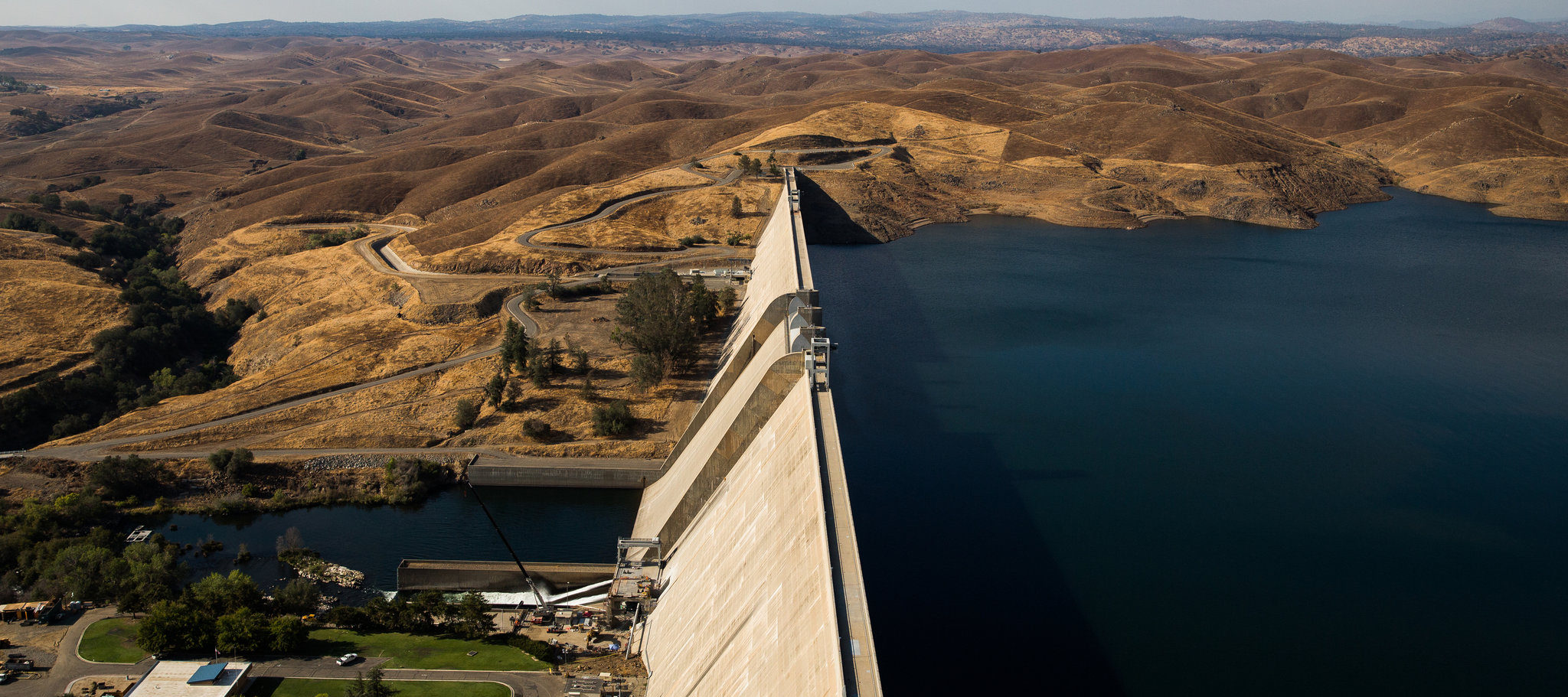
Science letter emphasizes need for more efficient water use to help California prepare for a changing climate
January 18, 2017
Sacramento, CA – Today, 36 leading water and climate scientists delivered a letter to Governor Brown to express their support for Executive Order B-37-16, and the state’s draft plan to make water conservation a California way of life. The plan has also received support from a diverse array of stakeholders, including the Building Industry Association, Moulton Niguel Water District, Inland Empire Utilities Agency, Las Virgenes Municipal Water District, Climate Resolve, WaterNow Alliance, California Coastkeeper Alliance, NRDC, Community Water Center, Pacific Institute, and Environmental Justice Coalition for Water.
“California cities, farms and ecosystems all compete for a limited water supply,” says the letter, and the drought has brought limits “sharply into focus.” Current water allocations may amount to over five times the state’s average annual supply, setting some areas on a path for serious shortages. According to the letter, California has made important progress improving water efficiency across agriculture, residential, industrial, and commercial sectors. But, it says, there is much more to be done to ensure a resilient and reliable future for California communities.
Scientists are tracking the impacts of climate change, including longer and more frequent droughts, and reduced snowpack. They are also documenting groundwater depletion and the severe land subsidence that results from over-pumping. The letter warns that the state’s “sometimes inefficient use of water, coupled with the uncertainty and variability of a changing climate,” pose “a real threat to our communities, economy, and environment.”
In order to boost the reliability of California’s water supply, the letter urges the state to continue its support for sustainable groundwater management and:
- Prioritize water conservation and efficiency as the most cost-effective and energy efficient options to meet our long-term needs;
- Invest in leak repair to reduce water lost during distribution;
- Improve data collection to help us understand and manage water use in all sectors;
- Develop more accurate water demand forecasts that reflect increased conservation and efficiency; and
- Set local targets that reflect local conditions and a changing climate.
The Governor’s executive order calls for each of the state’s urban water utilities to work within water budgets, based on population, land use, tree cover, and other local factors that influence indoor and outdoor water use. Utilities can meet their targets by focusing on leak repair, indoor efficiency, or outdoor efficiency. Better data collection will be required across the board to help track progress.
The state is currently finalizing its implementation plan for the executive order, and is expected to release a final report on “Making Water Conservation a California Way of Life” in early February.
###
Contact:
Heather Cooley, Pacific Institute, 510-251-1600 x103;
Stephanie Pincetl, PhD, California Center for Sustainable Communities Institute of the Environment, UCLA, or 310-825-2434;
Bob Wilkinson, PhD, Bren School of Environmental Science and Management, UC Santa Barbara, or 805-448-2915

Executive Director Sara Aminzadeh leads CCKA’s initiatives to protect and defend California’s ocean, bays and rivers.



